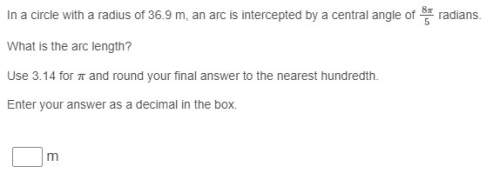
Mathematics, 08.04.2021 01:30 sherlyngaspar1p9t3ly
Find the zeros of ƒ(x) = (x + 2)(x – 1)(x – 3)(x + 1).

Answers: 2


Another question on Mathematics

Mathematics, 21.06.2019 16:30
Mexico city, mexico, is the world's second largest metropolis and is also one of its fastest-growing cities with a projected growth rate of 3.2% per year. its population in 1991 was 20,899,000 people. use the formula p = 20.899e0.032t to predict its population p in millions with t equal to the number of years after 1991. what is the predicted population to the nearest thousand of mexico city for the year 2010?
Answers: 2

Mathematics, 21.06.2019 18:00
The brain volumes (cm cubed) of 50 brains vary from a low of 904 cm cubed to a high of 1488 cm cubed. use the range rule of thumb to estimate the standard deviation s and compare the result to the exact standard deviation of 175.5 cm cubed, assuming the estimate is accurate if it is within 15 cm cubed
Answers: 2


Mathematics, 21.06.2019 18:50
The number of fish in a lake can be modeled by the exponential regression equation y=14.08 x 2.08^x where x represents the year
Answers: 3
You know the right answer?
Find the zeros of ƒ(x) = (x + 2)(x – 1)(x – 3)(x + 1)....
Questions


Computers and Technology, 28.07.2019 15:30



Mathematics, 28.07.2019 15:30

Advanced Placement (AP), 28.07.2019 15:30





Mathematics, 28.07.2019 15:30


Computers and Technology, 28.07.2019 15:30



Mathematics, 28.07.2019 15:30

Social Studies, 28.07.2019 15:30

History, 28.07.2019 15:30

Social Studies, 28.07.2019 15:30




